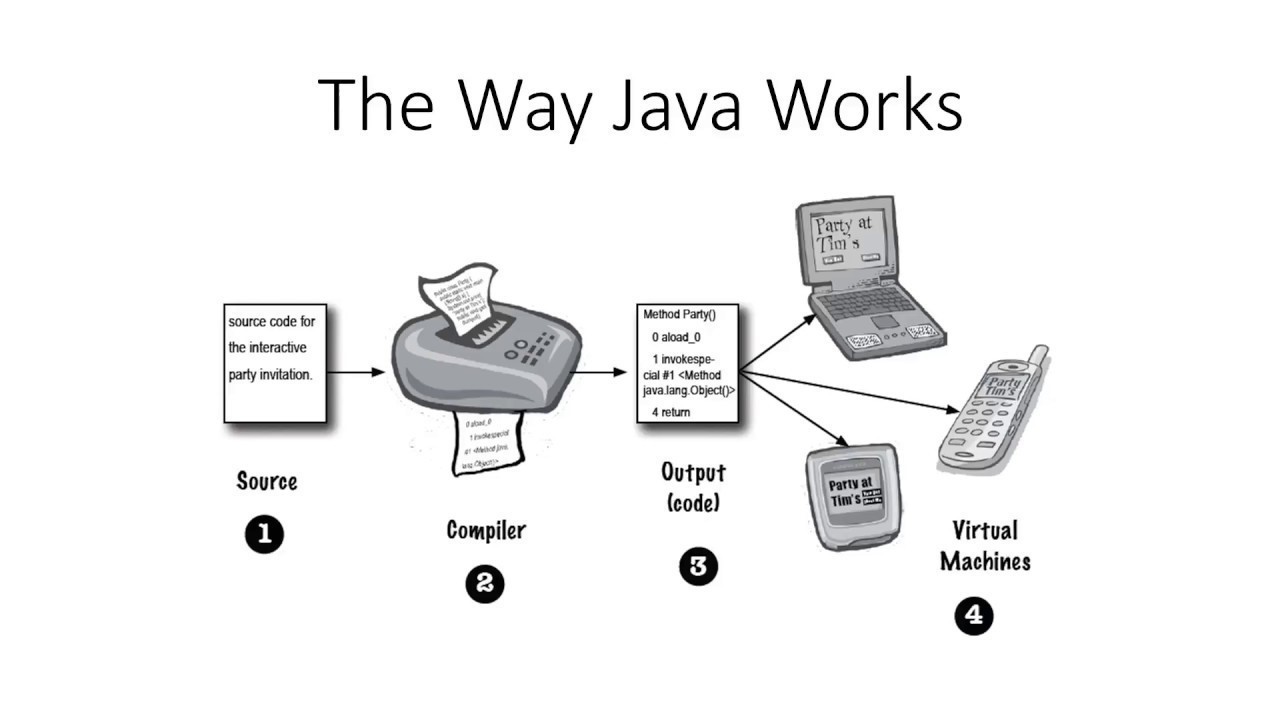Improve your career options by learning Java Development. Master Application servers and build your first application servers today.
Industry-expert trainers with real-world experience
100% practical sessions and live project training
Internship and job placement support
Flexible timings for students and working professionals
Latest course modules based on current IT trends
Core Java Basics
OOPS Concepts in Java
Exception Handling
Collections Framework
JDBC (Java Database Connectivity)
Multithreading
Java GUI with Swing
Advanced Java (Servlets, JSP)
Project Work & Interview Preparation

Our Java training in Rajkot typically lasts for 2 to 3 months, depending on the learning mode (regular or fast-track).
Yes, we provide 100% placement assistance. We are partnered with top IT companies in Rajkot for Java developer job opportunities.
Absolutely. Our Java development course in Rajkot is designed for both beginners and professionals looking to enhance their skills.
Yes, we include a live project in our Java development training in Rajkot to give students real-world coding experience.
We offer affordable fees for our Java training in Rajkot. Contact us directly for the latest offers and batch timings.